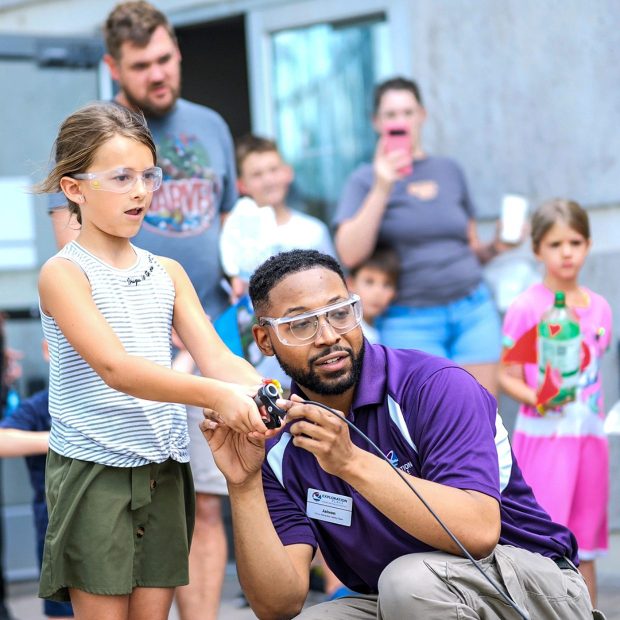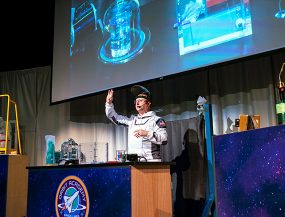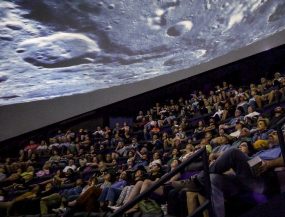An epic adventure playground that blends the thrill of aviation with the joy of discovery. Landing Fall 2025.

Field TripsPlan Your Field Trip
Visiting a museum with peers enhances student intellectual and social-emotional learning. What feels like play is actually hours spent exploring science, technology, engineering and math along with their peers. And when teachers and group leaders ask open-ended questions, that learning is even greater! Children and youth love the hands-on exhibits at Exploration Place.
Field trips are available Monday – Friday.
Recommended Activities
-

Exhibits
One-of-a-kind experiences and more await students in our dynamic exhibit galleries packed with hands-on science fun for all ages.
Learn More -

Live Science Shows
Exploration Place is proud to offer field trip participants exciting, interactive STEM shows that are performed daily in the Live Science Theater!
Learn More -

The Dome
Students will be immersed in an educational experience with a 360-degree view and booming surround sound in The Dome, the largest digital dome theater in Kansas.
Learn More
We want your field trip experience to be pleasant and fun for all students, parents, and school or group staff members. Below, you will find answers to the most common questions we receive. Many have tips designed to help you communicate with parents and staff, organize your groups, and plan your day.
Field Trip FAQs
Field Trip Reservation FAQs
-
What types of organizations qualify for the field trip rate?
-
Are field trip rates available on weekends?
-
What’s the minimum amount of time required to schedule a field trip?
-
How do I know my class or school field trip is scheduled?
-
What’s the best way to communicate parent or guardian chaperone payment and check-in procedures to parents?
-
Can students use their membership to pay for the field trip cost?
-
Is there a special rate for teachers and school staff?
-
Can guardians or parents use a membership for field trips?
-
How much will parent chaperones cost?
-
Do school para-professionals, bus drivers or other school staff have to pay to attend?
-
What if our group’s total number of guests changes after I’ve booked the field trip?
Planning Your Field Trip
-
How many adult chaperones are required?
-
May parents attend if they did not register and pay with the school?
-
Where do we eat lunch?
Tax Exempt Groups
-
Do we have to pay sales tax?
-
How much is the sales tax?
-
What is the cost per person if we are tax exempt?
-
What If I forgot my Tax Exempt form?
-
Are we tax exempt if we live in Oklahoma or another state?


